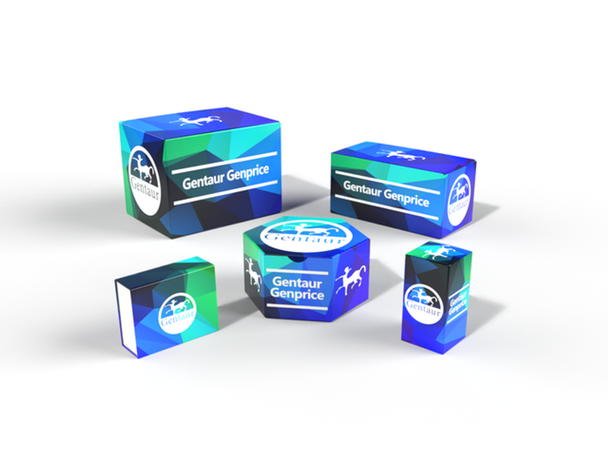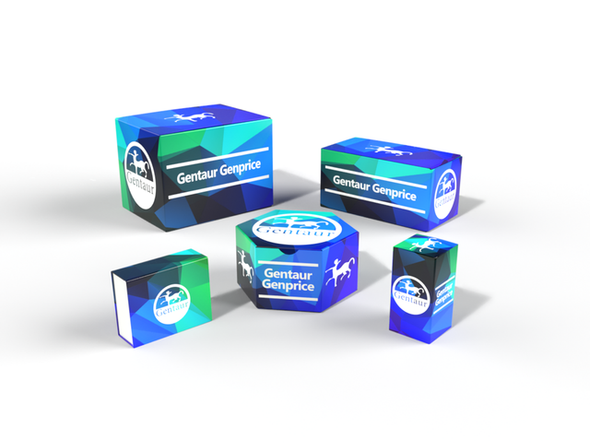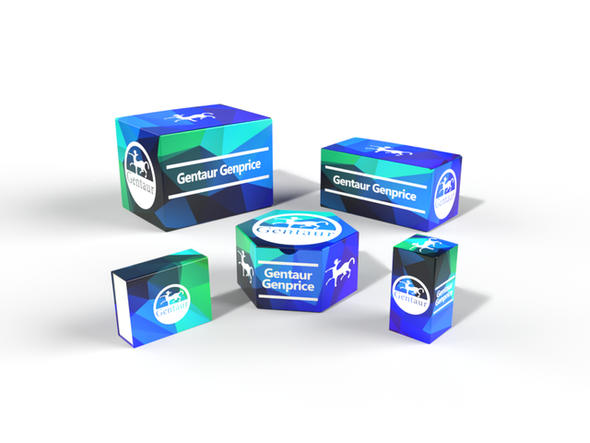26
Human CellExp™ Cathepsin S, human recombinant | 7277
- SKU:
- 26-7277-GEN
- Availability:
- Usually shipped in 5 working days
Description
Cathepsin S (CTSS) is a lysosomal cysteine protease of the papain family and may participate in the degradation of antigenic proteins to peptides for presentation on MHC class II molecules. CTSS is synthesized as inactive precursor of 331 amino acids consisting of a 15-aa signal peptide, a propeptide of 99 aa, and a mature polypeptide of 217 aa. It is activated in the lysosomes by a proteolytic cleavage of the propeptide. The deduced amino acid sequence contains only one potential N-glycosylation site located in the propeptide. Compared with the abundant cathepsins B, L and H, cathepsin S shows a restricted tissue distribution, with highest levels in spleen, heart, and lung. In addition, evidences indicated that cathepsin S generates A beta from amyloidogenic fragments of beta APP in the endosomal/lysosomal compartment, and is implicated in the pathogenesis of Alzheimers disease (AD) and Down Syndrome (DS).
7277 | Human CellExp Cathepsin S human recombinant DataSheet
Biomolecule/Target: Cathepsin S
Synonyms: Cathepsin S, CTSS
Alternates names: PIGF, PGF, PLGF 1, Placenta Growth Factor-1
Taglines: A lysosomal cysteine protease participating in the degradation of antigenic proteins to peptides
NCBI Gene ID #: 5228
NCBI Gene Symbol: PGF
Gene Source: Human
Accession #: AAD30179
Recombinant: Yes
Source: HEK 293 cells
Purity by SDS-PAGEs: 95%
Assay: SDS-PAGE
Purity: 95%
Assay #2: SEC-HPLC
Endotoxin Level: <1 EU/g by LAL method
Activity (Specifications/test method): >1000 mU (1U = 1 µmole/min/mg) as determined by Cathepsin S Activity Assay Kit (K144-100).
Biological activity: Determined by its ability to chemoattract human monocytes of using a concentration range of 0.5-10 ng/ml.
Results: 0.5-10 ng/ml
Binding Capacity: N/A
Unit Definition: N/A
Molecular Weight: 29.7 kDa
Concentration: 0.2 M
Appearance: Liquid
Physical form description: A 0.2 M filtered solution of 20mM MES, 150mM NaCl, 10% Glycerol, pH 5.5.
Reconstitution Instructions: Reconstitute the protein in sterile 20 mM acetic acid to a concentration of 0.1-1.0 g/l. The solution can then be diluted into other aqueous buffer
Amino acid sequence: N/A










